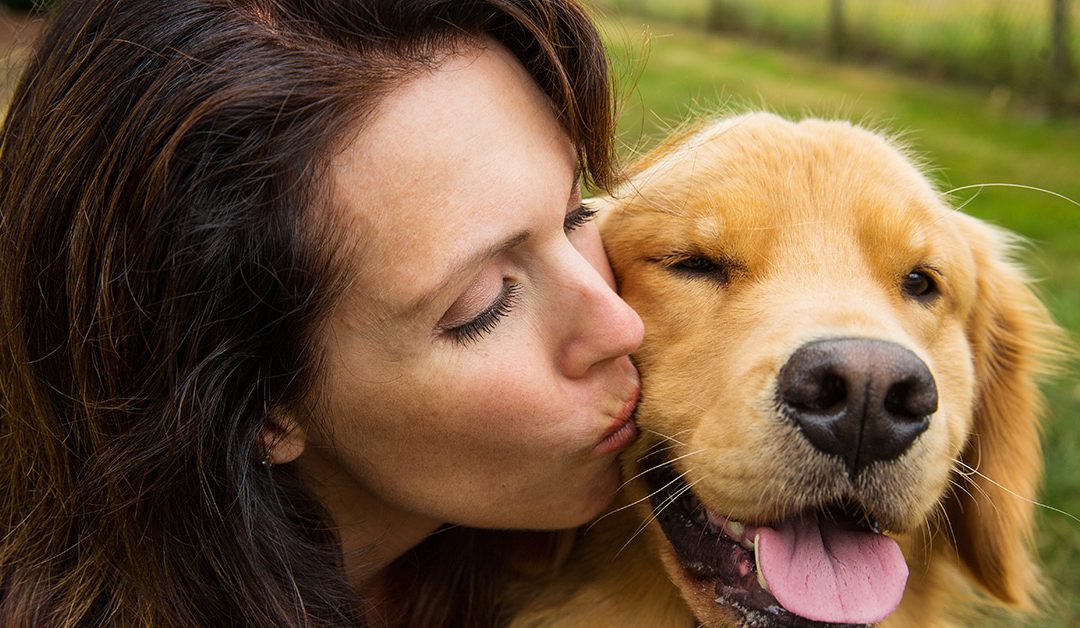The most important question all loving pet owners ask is “How do I know when it is the right time to consider euthanizing a pet?”. We are told, “You will just know” or “Your pet will let you know when it is the right time.”
Don’t Let Myths Misguide Your Judgment When Caring for Your Pet
Unfortunately these statements are myths. Your pet has a natural inborn instinct to hide pain, illness, and disease. Their goal in life (other than eating) is to make you happy. Many pets will try to act normal for the people they love. This makes it extremely hard to identify the “right time.”
Remember Deciding Your Pets Final Moments is Not a Black and White Decision
Most pets suffer a slow decline with an illness. They take take two steps down and one step back, but they never regain their former health. What we, as loving pet owners, have to identify is the behaviors that demonstrate our pet is suffering and that their quality of life has diminished.
Judge Your Pet’s Quality of Life Score
A simple way to help you judge quality of life is to give your pet a score each day. The score is based on how you think your pet is doing on a specific day. A 0 is the lowest score and a 10 represents your pet at their healthiest. On a calender mark the daily score taking all things into consideration. We often do not remember back more than 3-4 days, so tracking this score will help you evaluate your pets physical and emotional well-being more objectively.
Important Behaviors to Consider and Watch for with Aging Pets
Appetite Changes
- Anorexia – unwilling to eat at all
- Finickiness – having to change foods or bribe your pet to eat
- Weight loss – due to not eating enough or an underlying illness
A pet’s natural instinct is to eat to keep themselves strong and healthy. A pet is suffering physically when they choose to no longer eat.
Mobility Concerns
- Unable to get up
- Slipping on smooth floors
- Falling
- Knuckling feet/dragging toes
- Crisscrossing of hind legs while walking
The number one reason large breed clients consider euthanasia is because of mobility issues. Many pets become distressed when they can no longer ambulate well. If your pet is extremely large it may be physically impossible to help them in and out of the house to go to the bathroom. Concerns also arise that a pet may cause themselves severe trauma when falling. A pet that can no longer ambulate on their on may suffer both physically and mentally.
Incontinence
Urinary and fecal incontinence are signs of underlying health issues. Sometimes medications can help control incontinence. Uncontrolled urinary incontinence can lead to bladder and skin infection. It can also become difficult to keep your pet and environment clean with both urinary and fecal incontinence.
Mentation or Mental Loss in Pets
Some pets develop Cognitive Dysfunction or Alzheimer’s like symptoms.
- Getting lost and standing in corners
- Not recognizing family members
- Unable to find the food or water bowl
- Urinating and defecating indoors
Many pets with Cognitive Dysfunction become very emotionally distressed when they do not know who you are or where they are at.
Infections Become Frequent or More Common
Chronic infection due to tumors or an underlying illness can cause your pet pain and discomfort. Open wounds can attract flies and your pet may develop an infestation of maggots if you are unable to keep them extremely clean.
Visible Pain
- Limping
- Stiffness when getting up and walking
- Panting
- No longer wanting to be petted or nipping when being petted or handled
- Pacing behavior
- Tooth grinding
- Muscle trembling
The above symptoms are often seen with inadequate pain control.
Behavior
The following represent important changes in behavior which can signal your pet is not feeling well.
- Hiding
- Unwilling to socialize
- Reluctance to be petted
- Increased fear or aggression
Vomiting/ Diarrhea
- Anorexia can be seen with nausea
- Drooling or increased swallowing can indicate nausea
- Severe cramps and bloating can accompany diarrhea
Breathing Problems
- Labored breathing
- Pale gums
- Only laying down on chest…refusing to lay on side.
- Laying and standing with the elbows pulled out to help expand the chest.
- Setting up or standing…refusing to lay down ( this is an emergency situation).
- Open mouth breathing ( this is an emergency situation in cats)
A change of behavior as listed above means your pet is having difficulty oxygenating…. certain positions help increase oxygen flow better in the lungs. If your pet develops fluid in the lungs that is not controlled, they will feel like they are drowning.
It’s Not Cruel to Help Your Pet Pass Peacefully with Euthanasia
Remember you are choosing to let your pet die with dignity instead of letting your pet’s illness become a crisis. The decision for euthanasia needs to be made when medications can no longer improve your pet’s symptoms or quality of life. If your pet is nearing their final days, call 972-201-5342 or submit the form on our contact page for a consultation on how to best help your pet.


Recent Comments